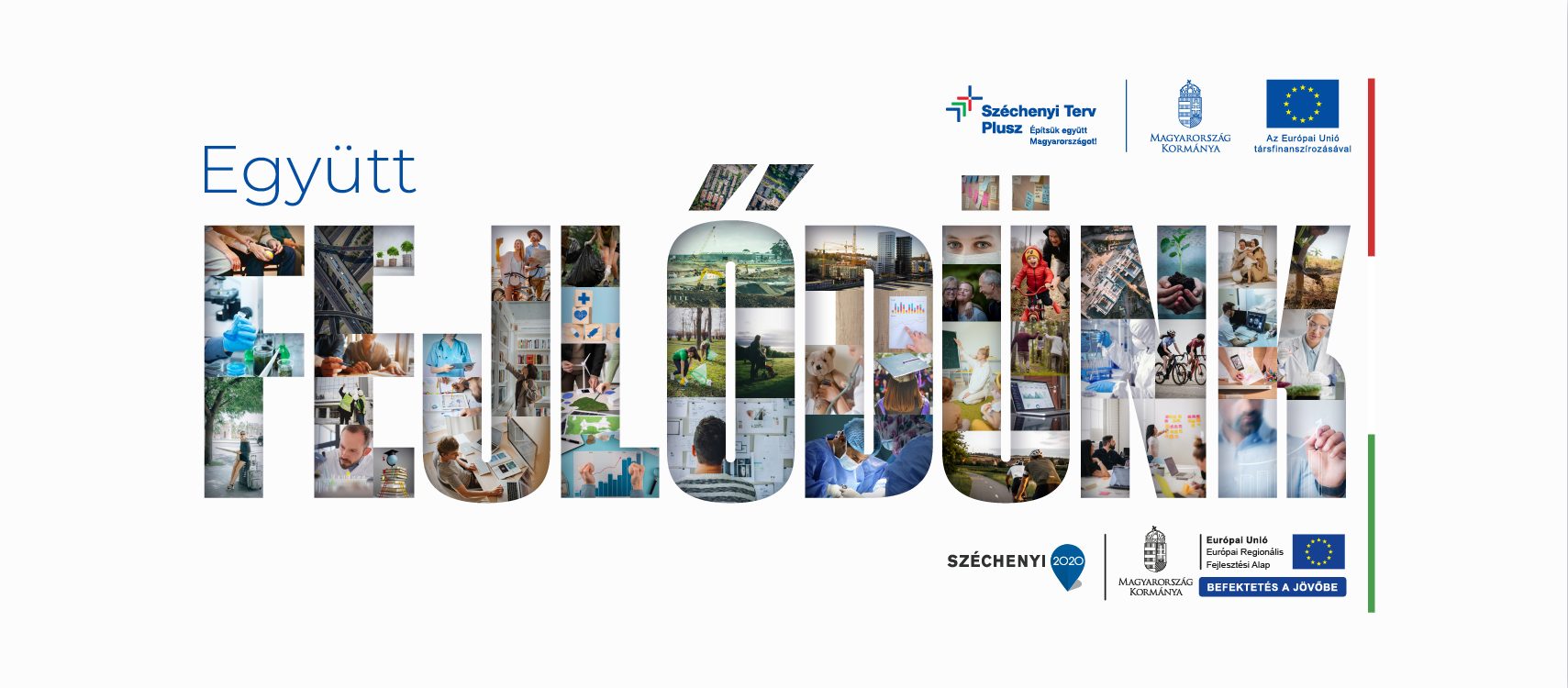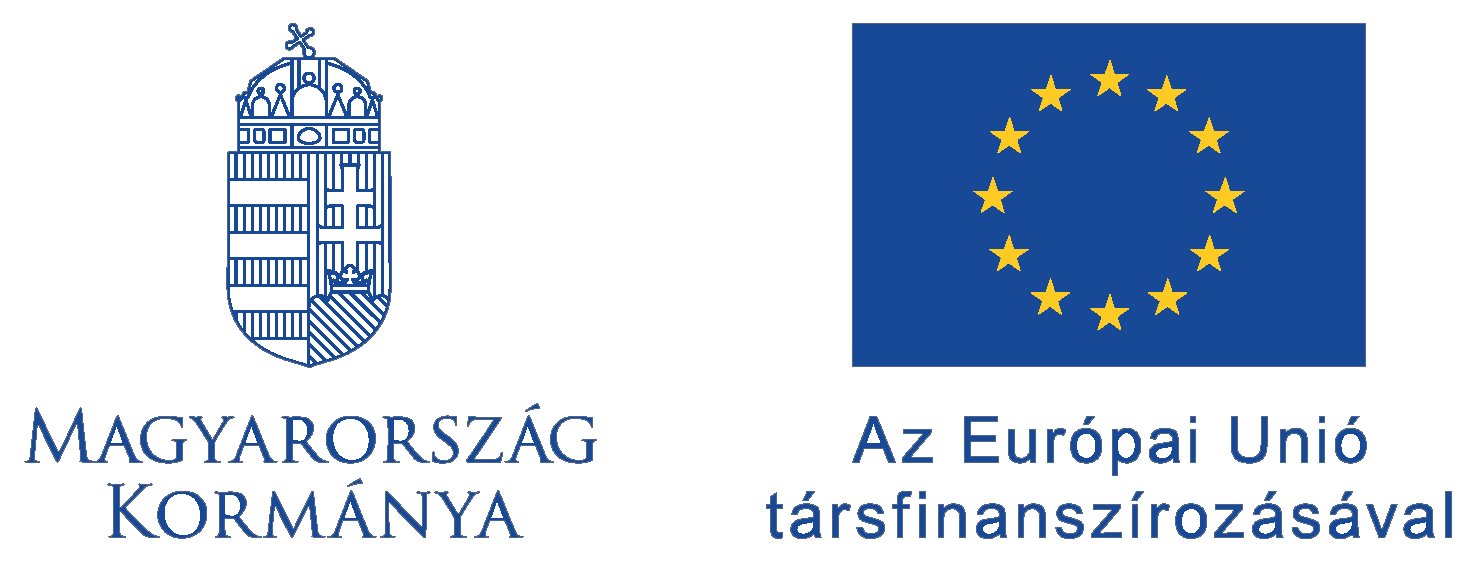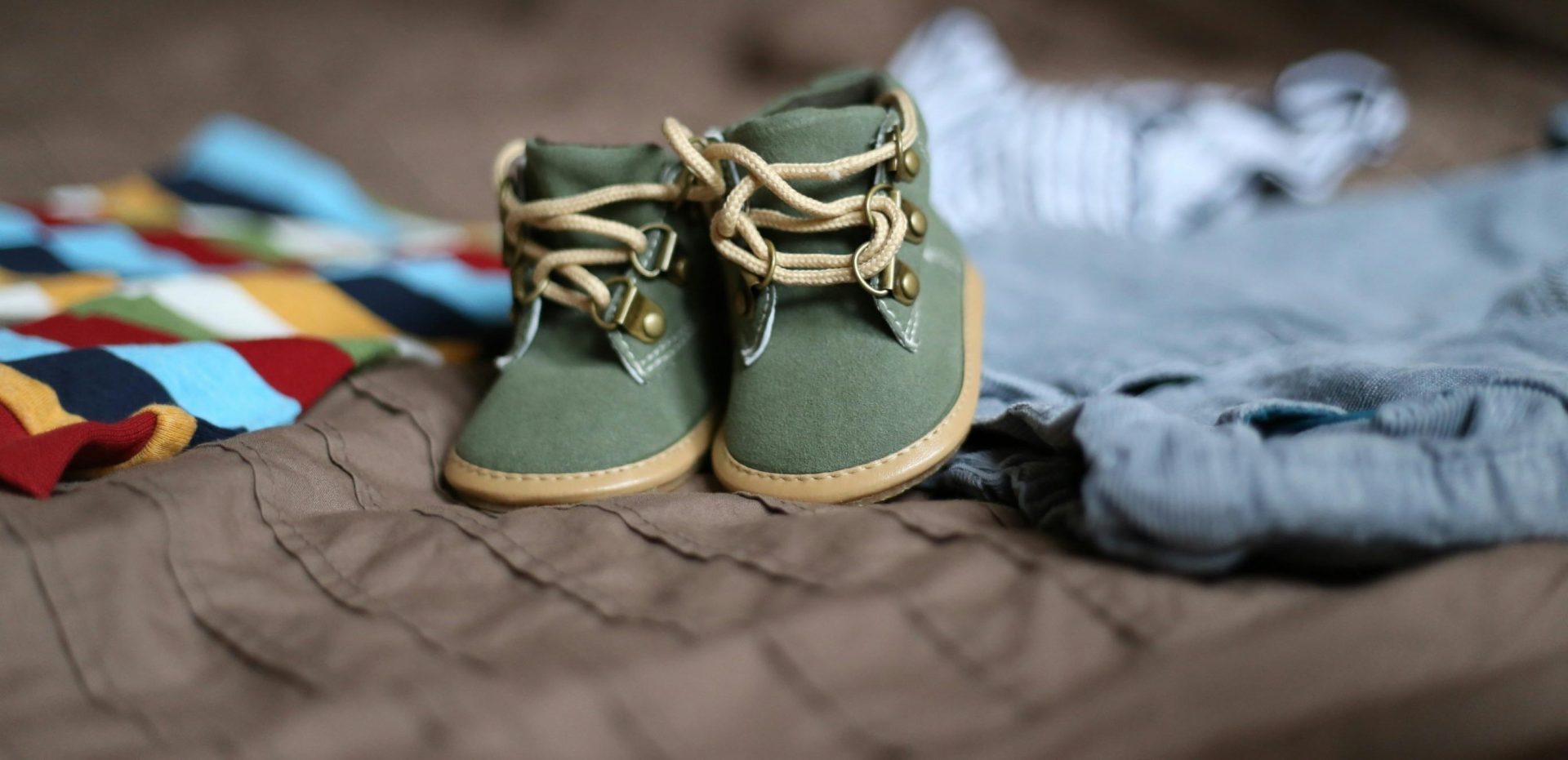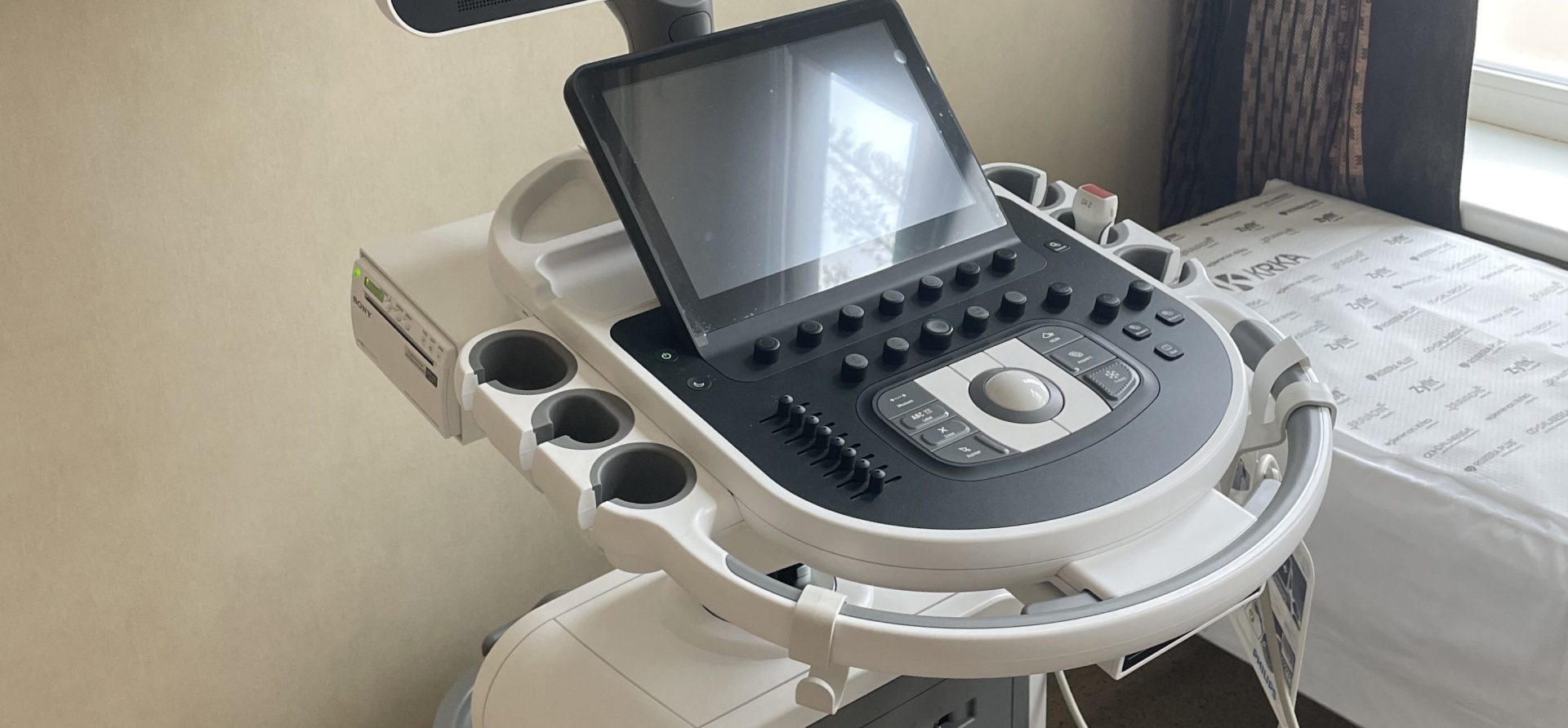After several weeks of hard work, we finally packed up last Saturday, jumped into the car, and headed toward the Zselic. We were pleasantly surprised to see that, thanks to developments over the past few years, the region now looks completely different. Our goal for the day was the Hollófészek Lookout Tower and the Ibafa Pipe Museum—two places that, thanks to EU-funded tourism projects, have become symbols of the Zselic.
As we wound our way along the curving roads, the Hollófészek suddenly appeared over the hills. Standing at 358.5 meters, it’s the highest point in the Zselic, which explains why the new lookout was built here. The Hollófészek is not only on the route of the National Blue Trail but is also part of the Fekete István Memorial Trail, making it a popular stop for nature lovers.
The tower itself is a striking sight: designed by folk artist Győző Szatyor, it’s a 27-meter-high wooden structure where traditional carpentry meets modern steel elements in perfect harmony. From the ninth and highest level, at 22 meters above the base, the view stretches for miles. We climbed up and felt our hearts warm as we admired villages nestled in the Zselic’s greenery, the gentle slopes of the Mecsek hills, and forests fading into the horizon. At the foot of the tower, carved wooden posts and information boards tell the story of the area’s past, while the porch-like eaves provide a perfect spot for a little family snack break.
In the afternoon, we made our way to Ibafa. The village is instantly recognizable to most people because of the tongue twister: “The priest of Ibafa has a wooden pipe…” Yet few know that this pipe has a history that is more than just a playful rhyme—it’s a genuine piece of cultural heritage.
The renovated Pipe Museum now houses a permanent tobacco history exhibition, built on the rich collections of the Janus Pannonius Museum in Pécs and the Pécs Diocese. There are beautifully carved meerschaum pipes, porcelain pipes, tobacco containers, an array of lighters, and pipes from various workshops: ceramic pipes, social pipes, Chinese opium pipes, as well as exquisite examples of folk woodcarving like match holders and pipe stems. The collection even includes the pipes of historical figures such as Ferenc Deák and Count Mihály Károlyi. Naturally, we also got to see a replica of the famous “Ibafa wooden pipe” and learn about its fascinating story.
The exhibition presents all this in an interactive format, with TV displays, QR code guides, and touchscreens, exploring the history of tobacco and pipe smoking along with the objects on display. Our senses were involved too: we could touch and smell the different kinds of tobacco.
Thanks to this EU-funded project by the Baranya County Government, tourism in the Zselic has improved, offering new and exciting experiences for both nature and culture lovers. For us, it was a day that truly brightened our spirits.
The development was implemented from EU funding in the project TOP-1.2.1-16-BA2-2020-00002 under the Territorial and Settlement Development Operational Programme Plus.
Find out more about the project in the Project Finder: Details








